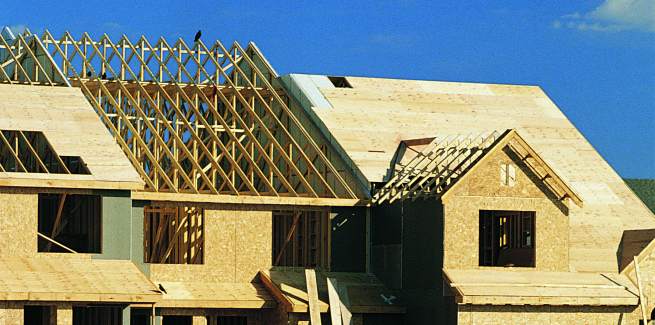The latest data from the Australian Bureau of Statistics (ABS) has revealed that the number of total dwelling construction approvals fell month-on-month by 0.2 per cent (in seasonally adjusted terms) in December 2019 to 14,752 dwellings.
This figure represented a fall of 0.1 per cent both in the approval of residential housing and in apartments.
However, the total value of building approved rose by 13.4 per cent (seasonally adjusted) in December, with the value of residential building up 2.6 per cent over the month.
Strong results were reported across most of the capital cities, with Victorian approvals increasing 26.7 per cent (seasonally adjusted) over the quarter, South Australian approvals up 6.9 per cent, and approvals in NSW increasing by 1.2 per cent over the quarter.
However, the number declined in Tasmania (-0.8 per cent), Queensland (-5.1 per cent) and Western Australia (-6.8 per cent).
Looking at the figures on an annual basis, the total number of dwelling building approvals were up 2.7 per cent in December 2019 compared with December 2018 (in seasonally adjusted terms).
Notably, the December data also revealed that there was a 30.9 per cent jump in commercial building approvals when compared with the previous month (November 2019), a result that was celebrated by Master Builders’ chief economist, Shane Garrett.
“The strong result for December means that the volume of commercial building work on the ground is set to remain elevated over the coming months,” Mr Garrett said.
“Building activity on the commercial side reached all-time highs over recent times, and [the] ABS figures indicate that conditions are set to remain largely positive here.”
While Mr Garrett noted the slight easing of new dwelling approvals, he suggested that a home-building recovery is “not too far off”.
“Lending to housing investors is expanding again and the first home buyer part of the market has a lot of wind behind its sails.
“House prices are also gathering momentum across most major cities,” Mr Garrett said.
“Both residential and commercial building projects rely on the creation of support infrastructure to allow them to proceed.
“With economic growth stuck well below par, we urge all levels of government to do more to speed up the delivery of committed infrastructure projects and allow faster economic growth to be unlocked,” Mr Garrett concluded.
HIA economist Angela Lillicrap also commented on the approval figures, stating that while the early months of 2019 were “tough” for the residential building sectors (due to subdued house prices, tightened lending restrictions and uncertainty surrounding the federal election), current market conditions are good news for the residential construction sector.
“The market did improve in the final months of 2019, suggesting that the building industry will not continue to constrain economic growth in 2020.
“New home building has stabilised at relatively strong levels,” Ms Lillicrap said.
“Detached house approvals have a three-month annualised level of 101,240 approvals, which is a very robust level and similar to building volumes in 2018.
“Multi-unit approvals have been leading the declines and are 25.0 per cent lower than they were in 2018.”
Ms Lillicrap suggested that the latest uptick in housing prices will bring investors back into the housing market, which is likely to encourage building approval numbers.
“Continued growth in house prices will assist in bringing investors back to the market as well as support an increase in activity across the broader economy,” she said.
“We are unlikely to see the same boom of investors as experienced in the previous cycle due to restrictions on foreign investors.”
However, the HIA economist added that restricted access to credit will “continue to be the biggest impediment to future growth in building approvals”.
[Related: Price growth ‘tapering’ but ‘still unsustainable’]
 ;
;
